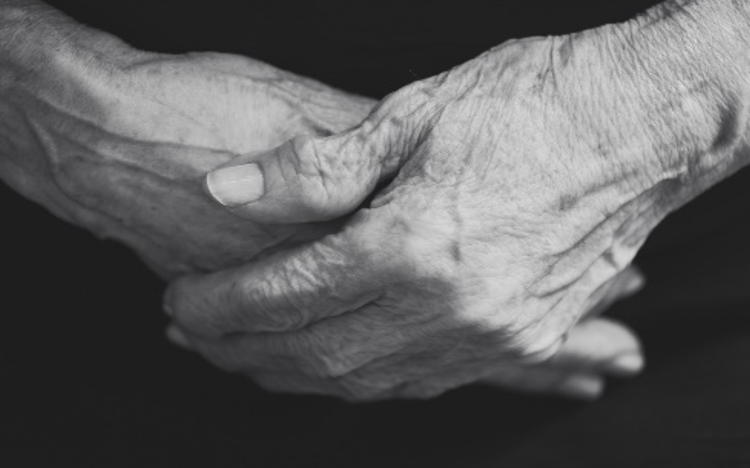CORONAWATCH--Even before the COVID-19 pandemic, many people — including my parents — said they’d rather die than end up in a nursing home. So when my mother suffered a brain aneurysm and became severely disabled at the age of 57, my father and I cared for her at home.
I had two young children and a full-time job, so I would help after work and on the weekends. But when my father also fell ill, we needed more help than I could give.
Like many families with few long-term care options, we were forced to turn to the nursing home system.
Families have few choices when it comes to long-term care, and the ones that do exist can be dehumanizing — especially for those who can’t advocate for themselves. COVID-19 has made it clearer than ever that we need better care that honors everyone’s humanity.
My mother lived in a nursing home for 14 years. During that time I got to know the residents and learned that many didn’t have family or anyone else to advocate for them. So I became a volunteer legal guardian for my county’s Adult Protective Services to help those at-risk residents who didn’t have the kind of support that my parents did.
I quickly learned that many nursing homes prioritize profit over people — a trend that has only worsened since COVID-19.
While visiting with one of my residents, I noticed her Sunday dinner was a plate of beans with hot dog pieces and a side of chips. I was upset about the poor nutrition and care she was receiving, so I approached the facility manager.
The meeting took place in a bright and beautiful conference room with white leather chairs, in stark contrast to dark rooms filled with plastic chairs in the living facility. It was a moment that laid bare who many nursing homes are designed to serve.
The people who live and work in long-term care facilities are especially susceptible to coronavirus. But nursing homes — for-profit ones especially — are “ill-equipped and understaffed” right now, according to a recent New York Times investigation.
Another resident I supported lived in an understaffed facility where administrators didn’t require workers to wear masks. The resident wasn’t able to get the care he needed as he attempted to self-isolate. He lost 25 pounds in three months.
I worked with a social worker to find him a better place to live, but got no help from the facility to transport him. I ended up sanitizing my own car and masking up so I could move him myself.
Long-term care facilities don’t have to be negligent or isolating places.
After all, many of us will need long-term care at some point in our lives. And many nursing aides and other care workers want to provide high quality care, but can’t because they are overworked, underpaid, and fear catching the virus themselves.
Facilities that provide better pay, equipment, and training for care workers would create safer workplaces during COVID-19 and beyond. More accountability and transparency for non-profit and for-profit facilities alike would also go a long way to improving residents’ living conditions.
COVID-19 has also made it clear that we need to rethink our over-reliance on institutionalized long-term care and expand home-based health care, daytime care centers, and financial compensation for family caregivers.
Some members of Congress are trying to do just that, but we need more leaders who are committed to investing in care for all stages of our lives, so that we can live and age with dignity.
The advocacy group Caring Across Generations has created Care Voters, a program to help caregivers like myself get out the vote and have a voice in creating a more caring future.
We all have a stake in transforming how we care for one another.
(Ann Klosinski, of Plover, Wisconsin, became a volunteer legal guardian to vulnerable individuals in assisted living and nursing institutions after caring for her own mother for 14 years. She also works full time at the University of Wisconsin—Stevens Point. This op-ed was made available to CityWatch by OtherWords.org.)
-cw






